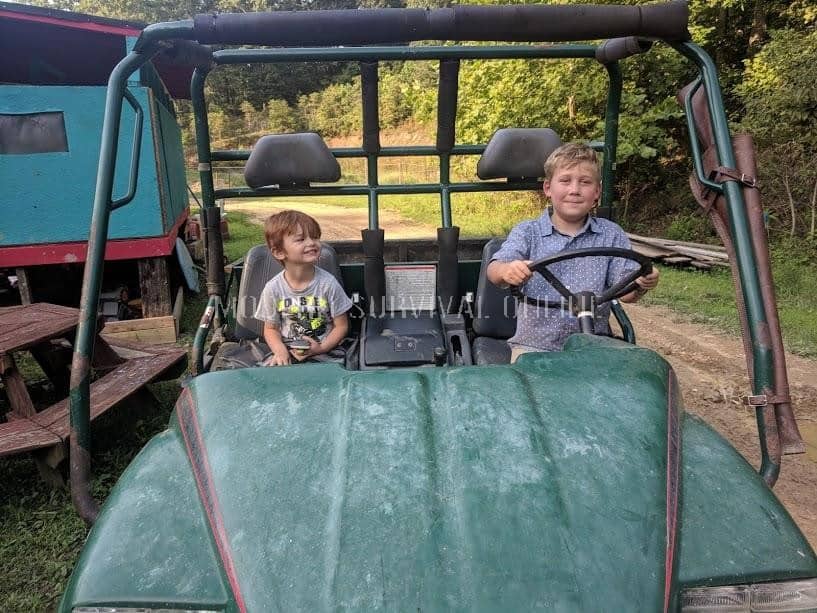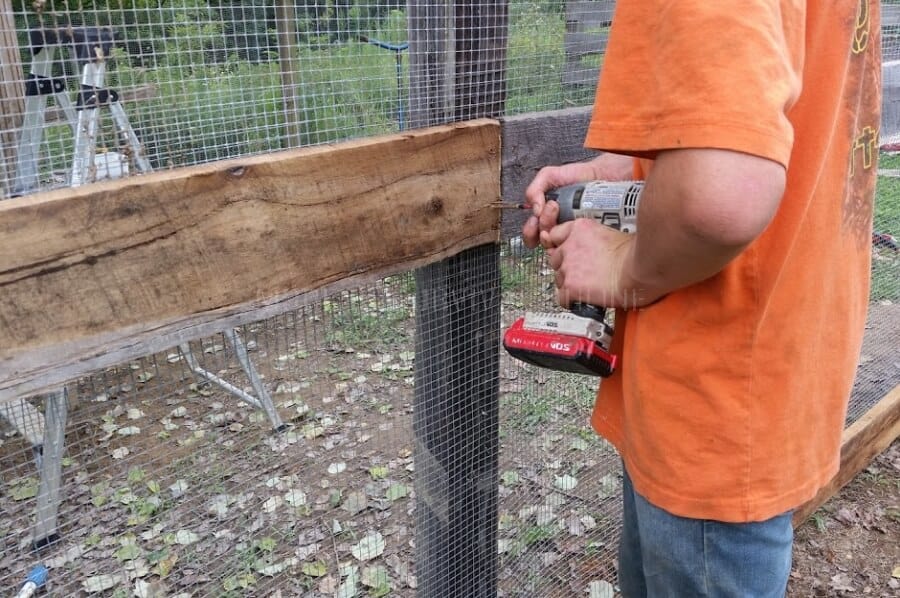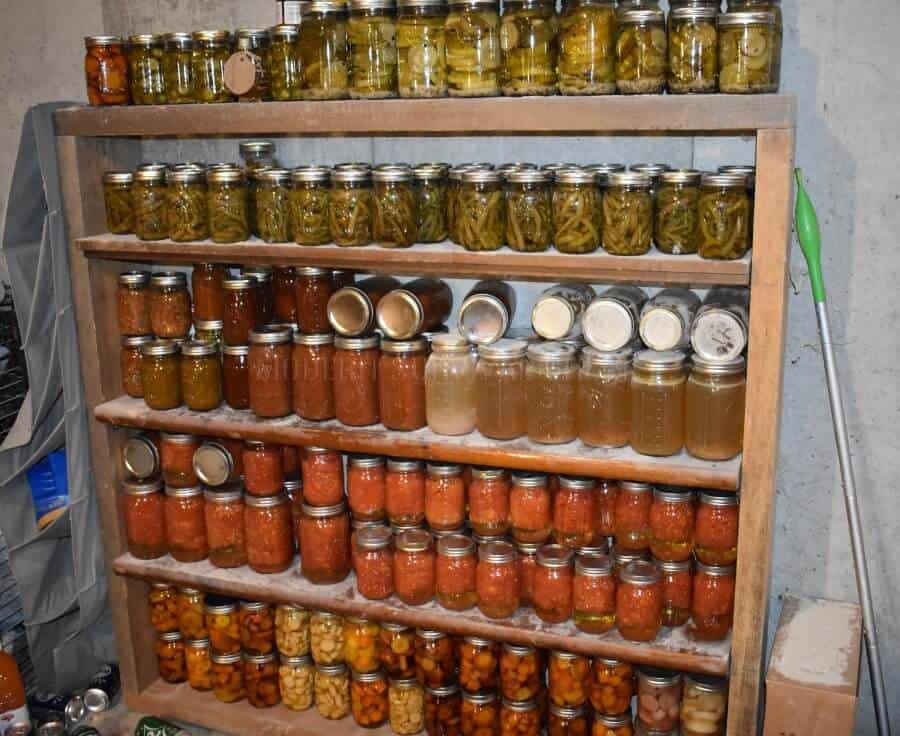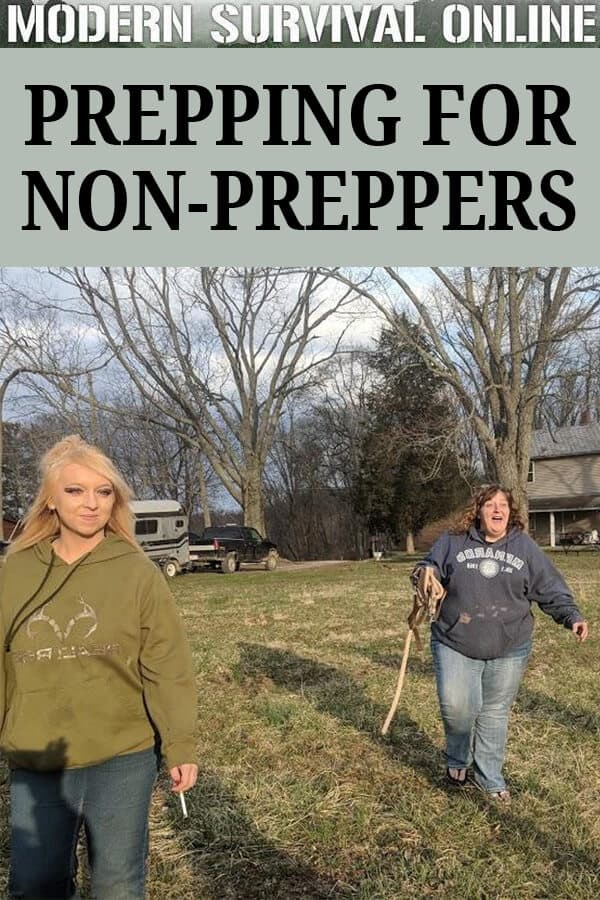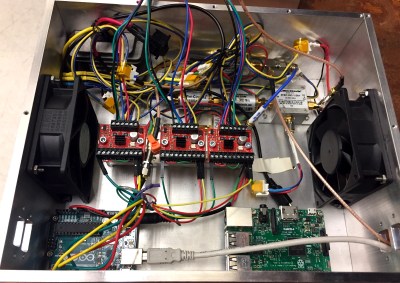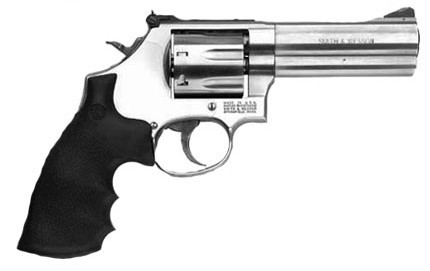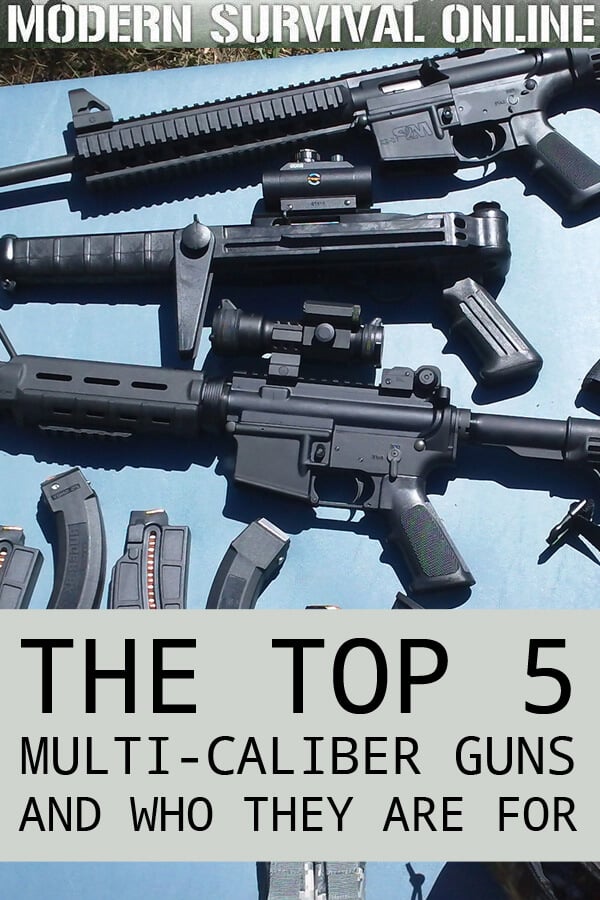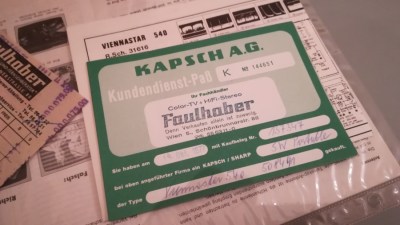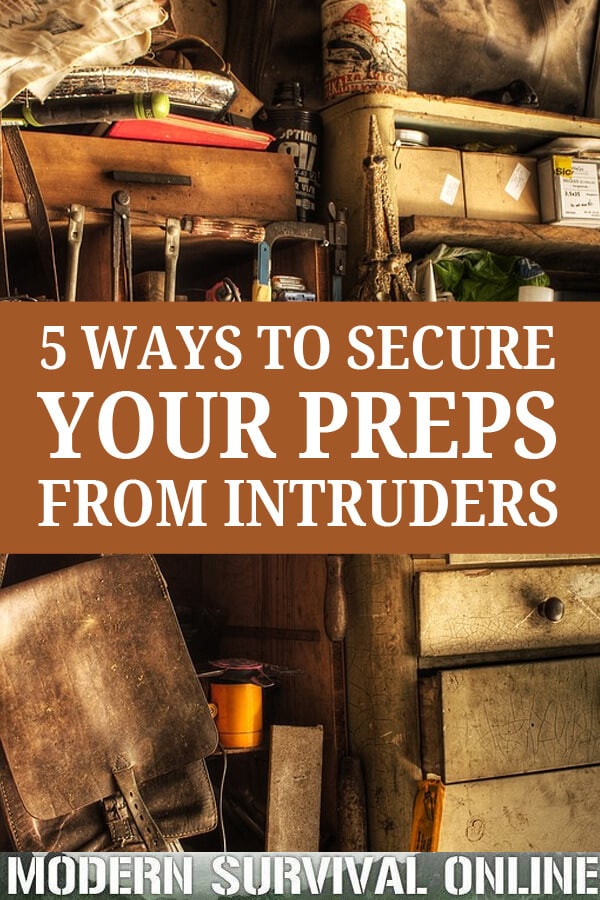Prepping in an urban environment is in most ways much the same as it is in suburban and rural environments, as I and other authors on this site have written of in the past. But urban preppers face quite a few challenges that their brethren in less populated areas will not, at least not with any frequency.
The teeming hordes of people that populate the great cities of men conceal predators to rival any that roam the seas, savannahs or forests elsewhere on earth. The deadliest, most cunning one of all: your fellow man.
Prepping in the concrete jungle must feature a greater focus on appearing as something other than what you are, which is someone ready to survive, ready to fight, a potential threat to these would-be apex predators.
You cannot look like food, nor can you look like someone worth looking into, a potential treasure chest of loot and gear for some other opportunist. In this article, I’ll tell you how to blend in and keep your preps a secret from the mob all around you in an urban area.
The Sea of Humanity
It is striking for outsiders who did not grow up in or have lived in cities for a long duration: the sheer number of people who inhabit them! While entirely normal to city slickers, the constantly moving, heaving mass of people, everywhere, all the time, has quite an effect on outsiders. At times claustrophobic tumultuous, it reminds one of rushing rapids, of a swarming beehive, or the frenzy of static on an old TV tuned to a dead channel. Easy to get lost in, also easy to hide in.
For the native, though, the mass has a pulse, a rhythm all its own. So acclimatized by time and experience, most city dwellers have instincts about the crowd around them that could give their hunting rural kin pause. A street smart resident of the urban jungle can often detect and point out those who are on the prowl- the bangers, the crooks, the highwaymen, the pickpockets- to anyone who would care to see them.
That’s the point of this article: while most denizens of the city are as decent as anyone else, there is simply a much greater preponderance of criminals, many of them hardened and professional, who inhabit the city right alongside you. After all, predators are always where the food is.
It is these bad actors who you must be truly cautious of, and they are the ones I hope to help inoculate you against.
Beneath the Sea, Monsters
I cannot stress enough how important it is to stay off the radar of these scumbags. While they may be scumbags, may even be truly evil, many of them will be professionals. Capable. Skilled. They will be far better at issuing violence than you are. Tougher. They will be used to getting what they want when they need it.
Avoiding a mugging or an educational beating from knowingly or unknowingly disrespecting them is one thing, staying off their scopes as a “person of interest” is another. If you get chalked up, even quietly, passively, as someone worth keeping an eye on, or turn into a red pin on a map or address list as a gear and/or weapons cache, you have problems.
Furthermore, you need not think overt displays of competence or even weapons is anything but posturing to these people. They aren’t afraid of your gun. They aren’t afraid of your knife. They know what your thin blue line patch is all about. They know “Molon Labe” and “III%er” means “get gun here.” You are only fooling yourself if you think overt displays are going to keep you safe.
The solution? Go no-profile. Yourself, your vehicle, your home. You must make misdirection and concealment your priority for security before, during and after a SHTF event, especially. If you don’t want to be taken as food, don’t look like food.
The following list of recommendations will go a long way to keeping you off the scopes of your city’s alpha predators.
1. Become the Gray Man
While I ordinarily detest this overused term since it was mutated into shorthand for “discount, khaki-clad Jason Bourne,” the concept is 100% applicable here.
Since our adversaries are constantly scanning, discerning and assessing passersby and people who catch their attention as to their suitability for becoming victims, if you blend into the background with all the other “passes,” you win.
You should not mistake the notion for actually dressing drab. That is a simpleton’s understanding. Becoming the gray man is about being another face in the crowd, a part of the background, a single note in the symphony, without a voice, without a countenance. Beneath notice.
Going “gray” has several components. You must understand the rhythm of a place to belong there. The way people walk, talk and act. What they typically wear and at what times of day. Things like that. If you just dress as blandly, or as “low-profile” as possible with your coyote 5.11’s and gray button down shirt, you’ll just stick out. You don’t want to be among the zebras, you want to be a zebra.
Your bearing has a lot to do with this: appear too soft, you’ll get picked for an “interview.” Too hard, a tune-up, and then a mugging. You want to be in the middle, someone who is present, but just going with the flow.
The same wisdom applies to your vehicle, your luggage and your social media profile (if you use your real name). Efface and erase all traces of you being a gun-toting, knife-wielding prepper. No manufacturer’s labels, no statements of support, no camo, no none of it. Just a person. That’s it. Show “support” in other ways.
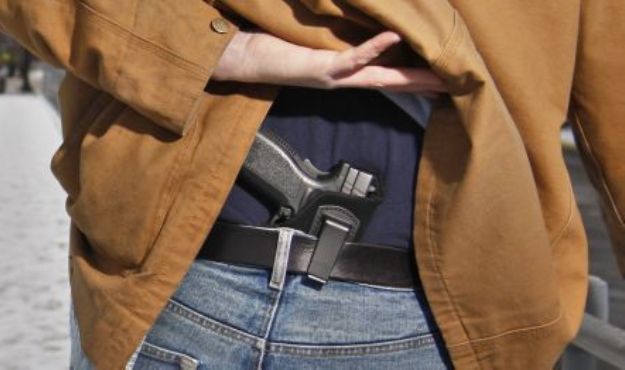
2) If you can carry, carry. Always.
The chances that you’ll need to use force in defense of self or someone else rises exponentially in a city (across most domains) due to the greater prevalence of crime and the sheer amount of humanity surrounding you.
Unfortunately, many of this nation’s largest metropolises, even in conservative states, will restrict your right to bear arms of all kinds to a greater or lesser degree, with our “crown jewel” cities of New York, Chicago and San Francisco being the worst of the offenders.
The point is, no matter where you live there will be some kind of weapon you can carry to improve your chances of getting out of a scrum alive and hopefully uninjured. If you can carry a gun, definitely carry that. If you can carry a knife, carry whatever kind works best for you and fits within the architecture of your state and local laws.
One drastically undervalued tool legal nearly everywhere is pepper spray. Pepper spray is a ranged, less-lethal tool that packs on hell of a wallop and ha a rightly deserved reputation as draining the fight right out of most belligerents.
It never fails that right about now a contingent of nerds will make their case that pepper spray can’t be counted on and can fail and blah blah blah.
Yeah? Okay, name me one single weapon that you can carry with your own two hands that doesn’t have a chance of failure, guns included. I’ll wait…
Thought so. Fact is nothing else can do what pepper spray can: a ranged, non-lethal, multi-shot self defense weapon with a high success rate that can go everywhere.
I’ll take that all day and twice on Sundays. You are far more likely to need non-lethal force than lethal force in defense and you really want something between bad language and your pistol or knife. Plan accordingly.
No matter what your chosen tools are, conceal them! If you even dream of open carrying in an urban environment you had better wake up and send me an email apologizing, but this goes to “innocent” tells like holster loops and knife clips on pockets, even the head of a flashlight sticking up out of your pocket can tip your hand as an “action dude.” Not a look you want.

3. Use Concealments in Home
If you have a flat, a condo or one of the lucky and likely wealthy few to own an actual house inside a bustling city you’ll want to take pains to conceal your most valuable preps inside. This can be accomplished through a variety of means, and is another subject I have written on extensively here.
It doesn’t matter if you know who is coming into your home, they are total strangers or they are anyone else besides someone you trust utterly: your preps are no one’s business but yours!
Sure, you might trust your friend and his wife implicitly, but do you trust all of her family members? All of his friends? All of their friends? If the answer is no, keep it all under wraps. What someone does not know they cannot divulge, even accidentally.
If you, after all that you have seen and heard on the news and personally, still believe that that info will not somehow make it back to the wrong people and be collected, earmarked, sifted and collated, you are dreadfully naïve. Loose lips sink ships. Gossip traded gets you invaded.
This can be much easier said than done if you are serious about laying in the appropriate amount of equipment and supplies to survive an urban catastrophe.
Aside from the obvious things like dedicating a spare room for stores, or even an out of the way closet, you can make use of space under beds, beneath floorboards and beneath large furniture for comparatively sneaky storage. Be sure to check out my other articles for a whole lot more info on clever concealments in the home.
4. Create and Emplace Mini-Caches
Living in the city makes some trusty prepper techniques like burying or hiding caches in out of the way places take on entirely new difficulties. You cannot simply go dig up a patch of dirt in the woods and bury a sealed container.
You surely won’t be able to do it unobserved unless you are going into seriously dilapidated areas. Heck, you probably won’t be able to find a patch of grass that isn’t in a park in some cities!
You’ll need to do what all successful creatures do in times of challenge and adapt to your environment. This could take the form of renting a tiny storage unit (if you can afford it) or even a long term locker and keeping a small cache of gear and provisions inside that you can access if caught out away from home and in need of resupply.
A get-home bag, a bag-of-doom, or even some spare ammo, meds, food and clothing can make a big difference if things go pear-shaped the worst possible time.
Depending on the cost and expense as well as the accessibility of such places you may be able to afford only one, or you could afford a small handful to serve your own personal prepper ATMs.
Even if you keep a GHB or complete BOB in your vehicle or with you, don’t neglect this crucial step in a city; they have a way of swallowing things up, and you may not, in the end, have time to even get home before you need to make tracks for the land beyond the city limits.
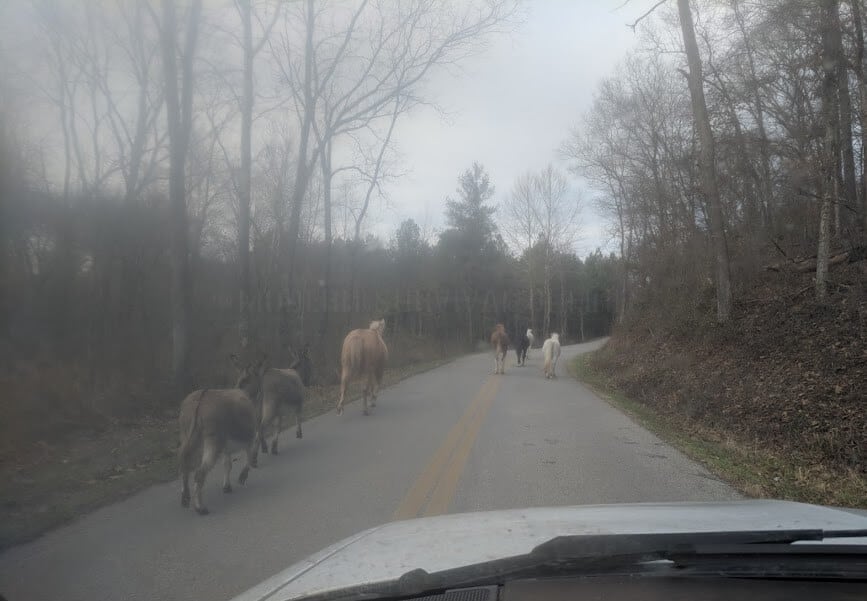
5. Know the Secret Highways
You cannot rely on traditional ways in and out of cities if things get really bad. In the event that something bad enough happens to send masses of people fleeing the very first thing that will happen is all roads, highways and interstates will become utterly snarled. It can be difficult to even move about on foot there will be so much motorized and pedestrian traffic.
For this reason you’ll need alternate routes out of the worst of the congestion when the time comes to bug-out. How you accomplish this is up to you. It could be a foot route out of town cutting across and through buildings.
It might be maintenance tunnels or sewers or subways. It could be a down payment on a private helicopter ride with the promise of more with a no-questions-asked private pilot.
History furnishes us plenty of examples of cities tearing themselves apart when pushed past the tipping point. You’ll need to be long gone by the time that happens and an unconventional exit plan is perhaps how you’ll do it. Whatever you come up with, make it two; don’t put all your eggs in one basket.
Conclusion
Prepping successfully in the city is best done under the cover of secrecy; there are too many potential negative outcomes that arise from you being made as a prepper, survivalist, or just a well-heeled and well-stocked person. Bad guys gather actionable intel and sit on it just like we do. Make sure you are putting in the work to stay out of their ledgers.
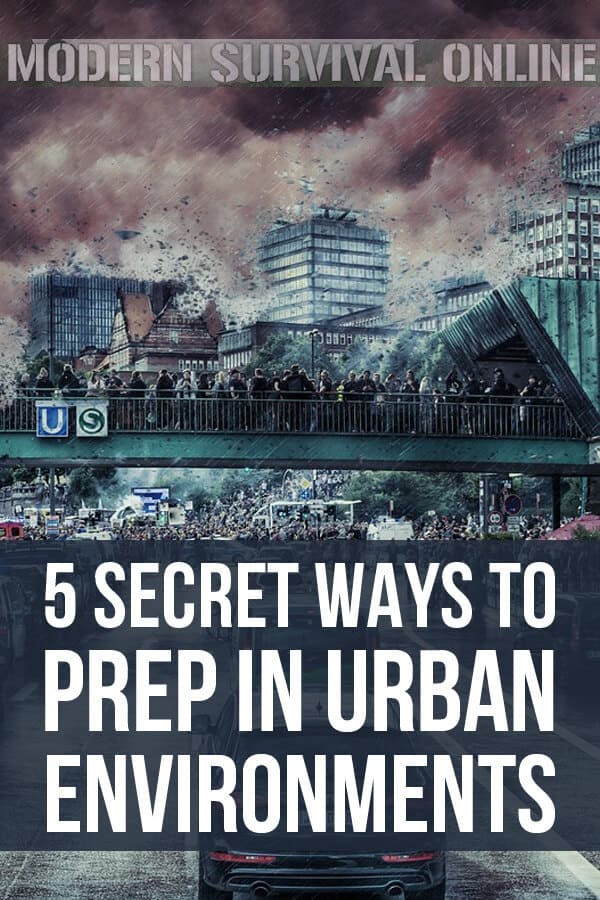
via Modern Survival Online https://ift.tt/32W27u6
